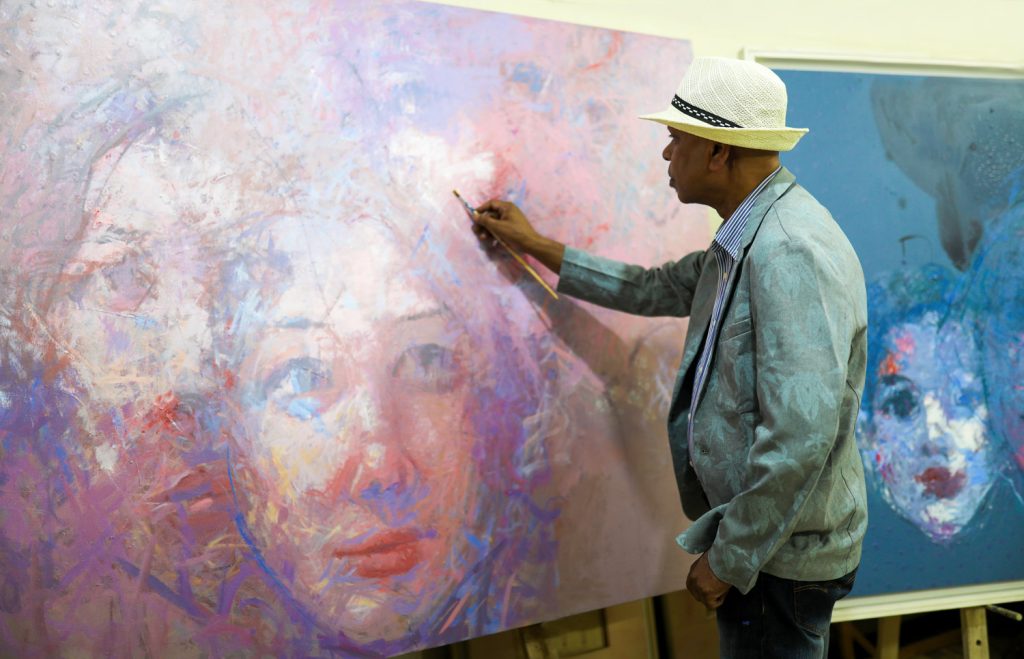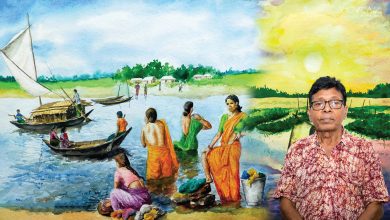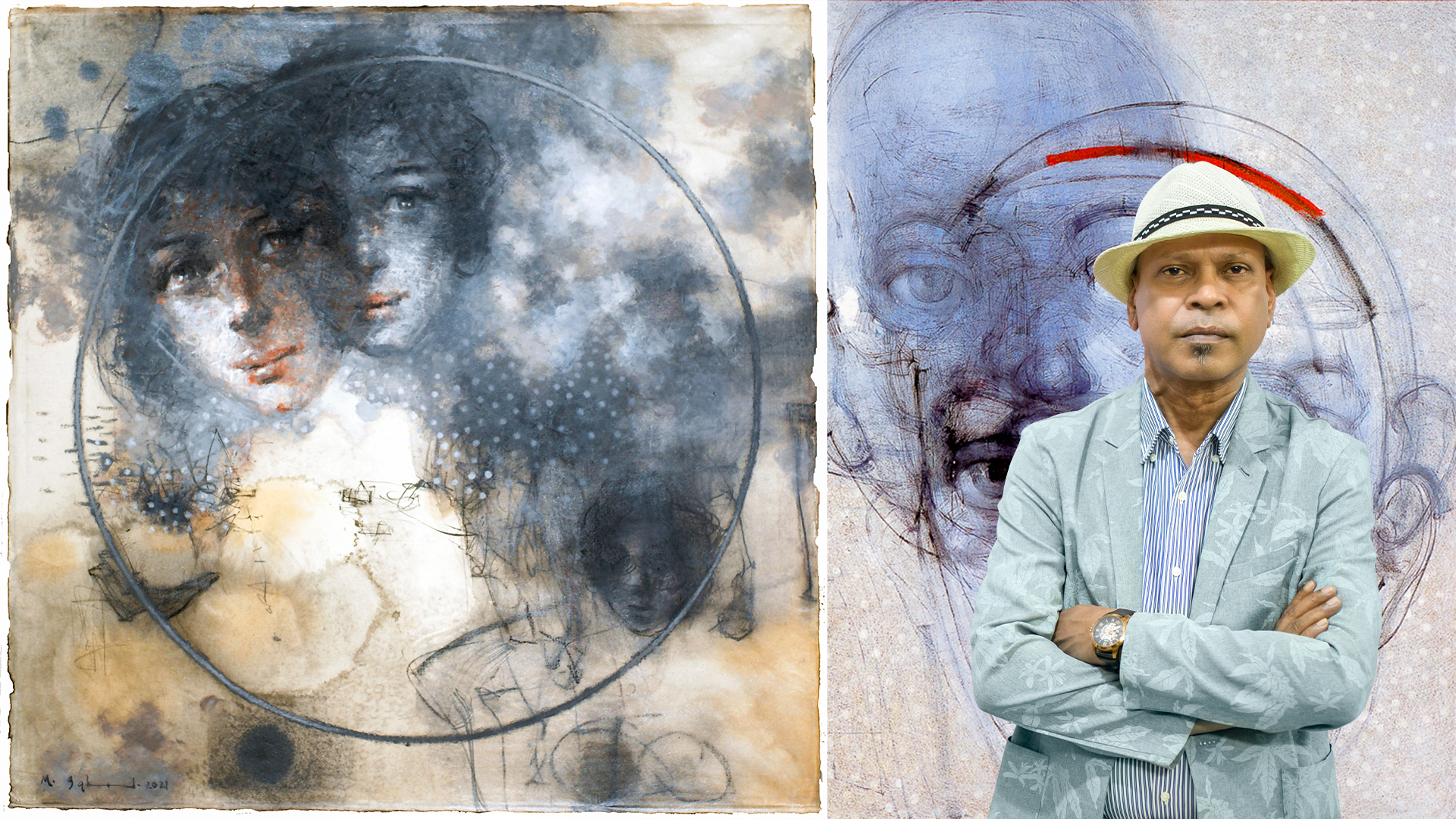
Within an amazing charm of Chuadanga, Mohammad Iqbal discovers his artistic calling as the rich hues of nature inspire his imagination and creativity. Surrounded by awesome landscapes and the stories whispered by the wind, he dreams of capturing the world through his brush. From a young age, he is drawn to the idea of studying at Charukala, the celebrated art institution in Dhaka. In 1982, he takes a bold step, enrolling in the government art college.
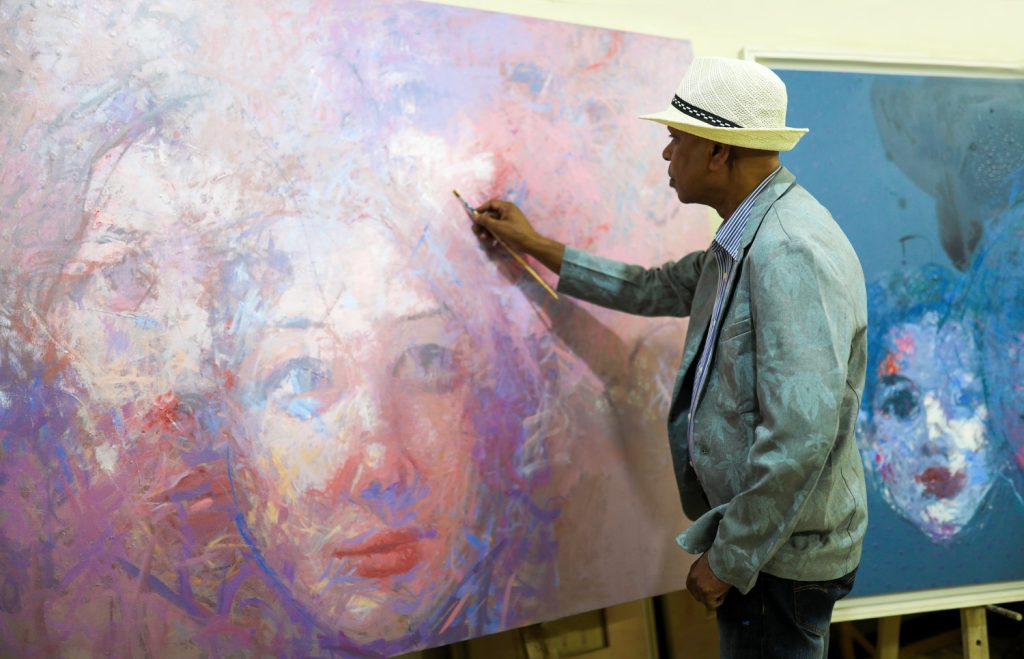
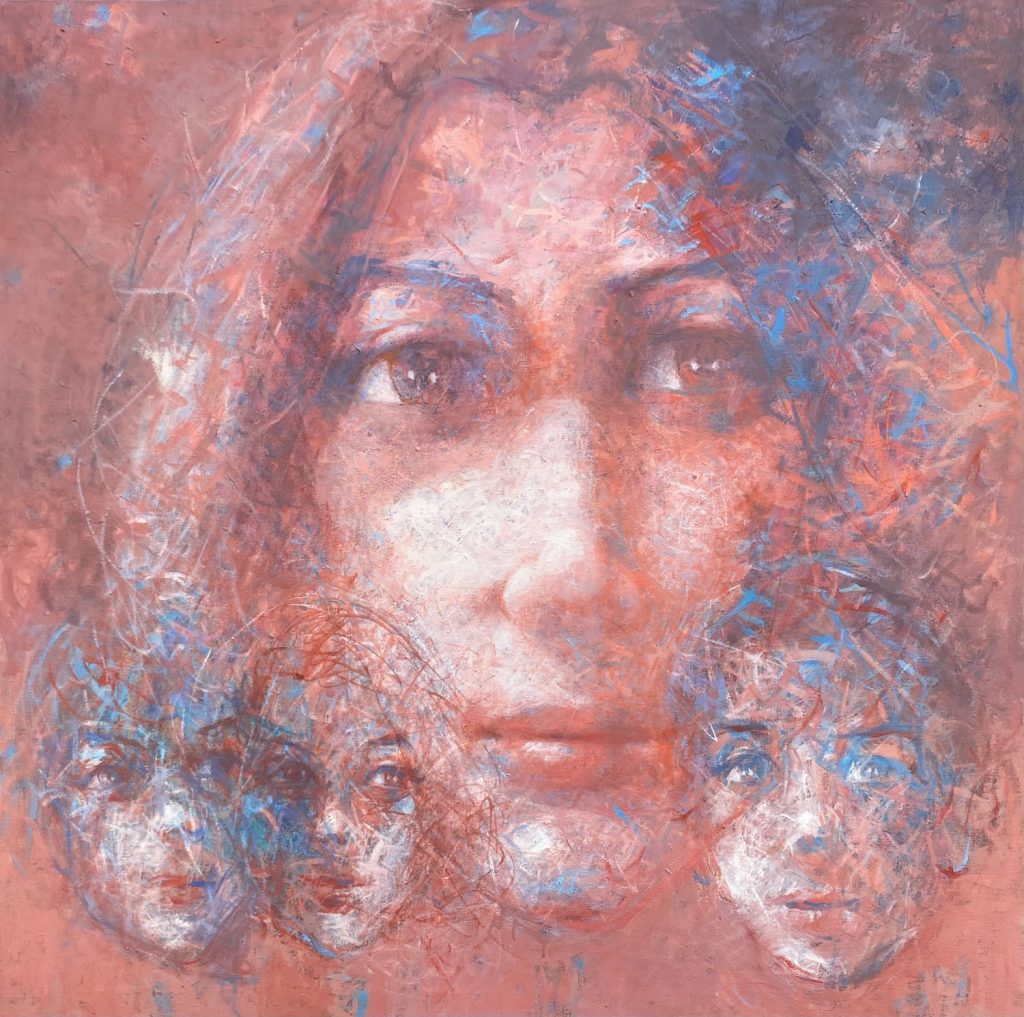
His artistic journey unfolds through a rigorous path of five years for his undergraduate degree, followed by two years of master’s studies. It is not until 1995 that he completes his honors and master’s, delving deeply into the lives of the Baul Shonnashi and the struggles of the homeless, all viewed through his unique artistic lens.
In a remarkable turn of events, Mohammad Iqbal’s talent shines on the international stage when he receives a nomination and a prize in a competition held in Japan. This recognition fuels his passion, leading to further successes in national competitions. In 1999, he receives a scholarship to Japan, where he overcomes the language barrier by completing a six-month language course. With the support of his professors and access to a wealth of art materials, he stars the journey of experimentation, blending traditional styles with abstract landscapes.
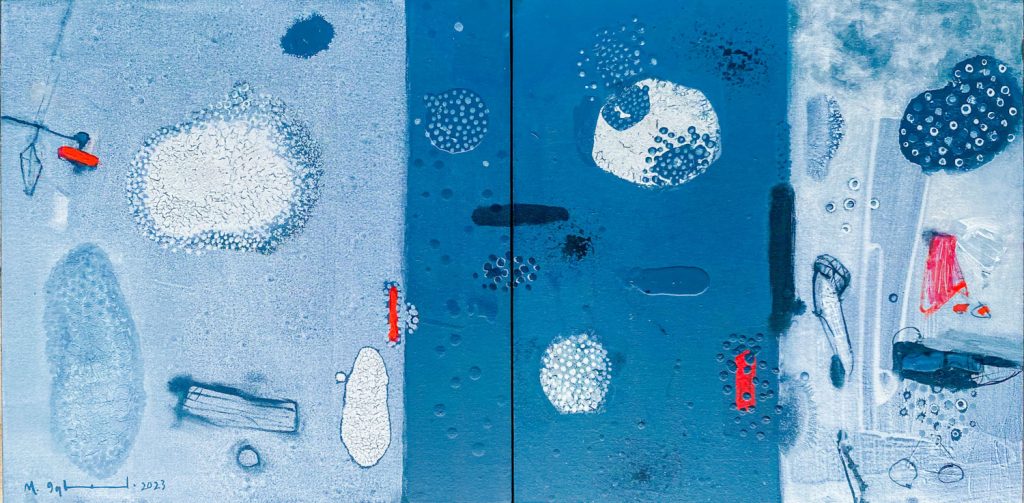
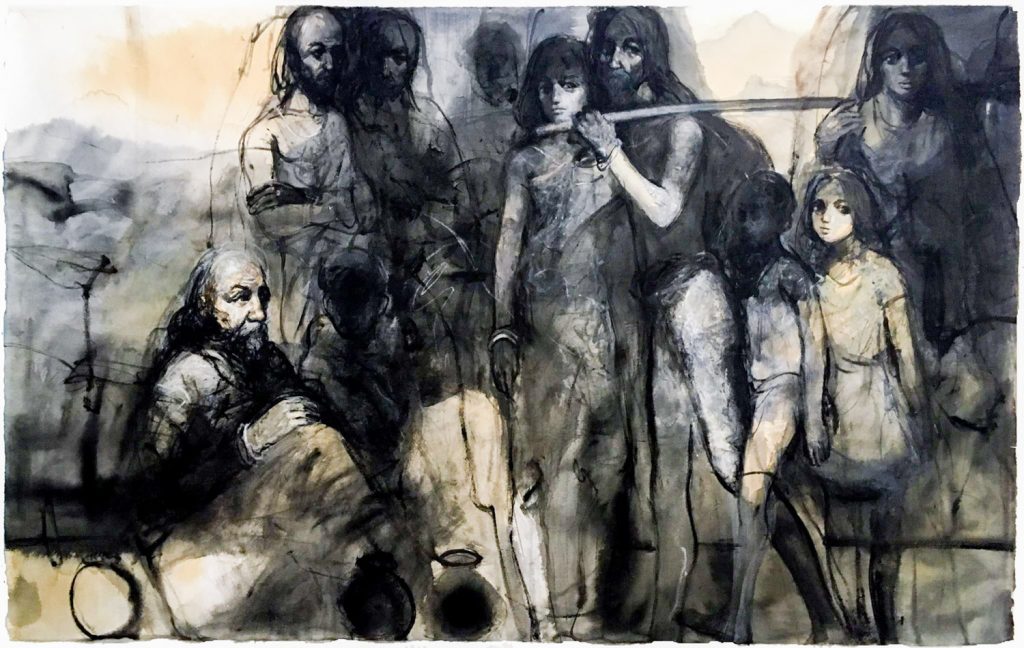
As he progresses, Mohammad Iqbal’s artistic focus shifts. He starts to get into the experiences of children affected by war, particularly influenced by the struggles in Palestine and Afghanistan. His paintings, often depicting the faces of these children, carry deep emotional weight, reflecting the sorrow found in their stories. In 2005, he gains recognition again, winning first prize in a Japanese competition with an impressive photograph that travels widely, showcasing the depth of his work. In 2010, Mohammad Iqbal proudly completes his PhD in Hiroshima, a significant milestone that marks both an academic achievement and a personal journey of self-discovery. Upon returning to his roots, he immerses himself in the vibrant world of figure painting, a medium that has always captivated him.
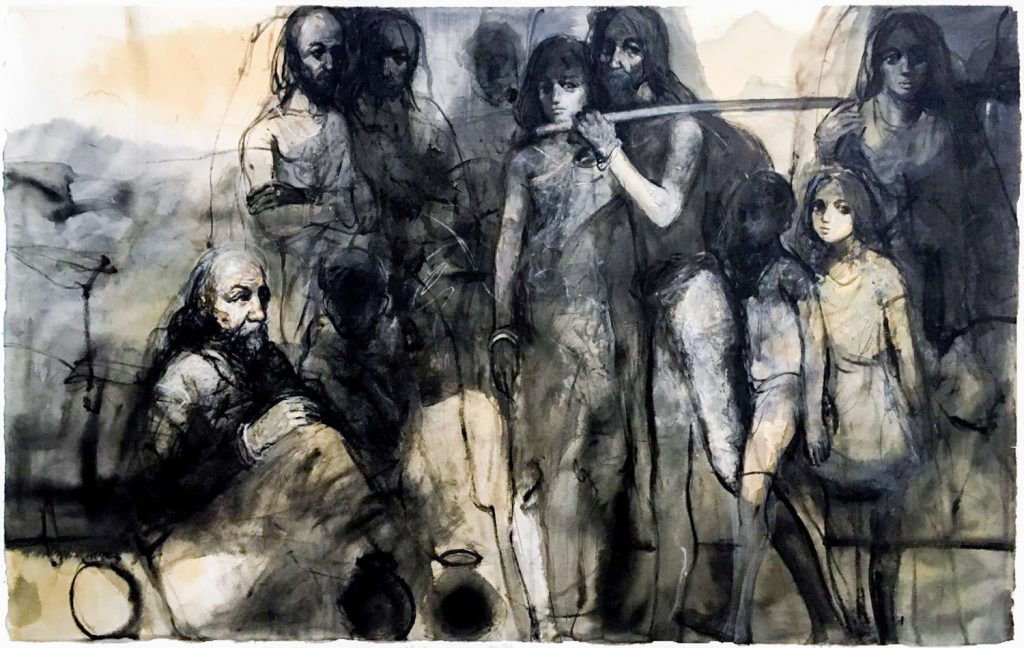
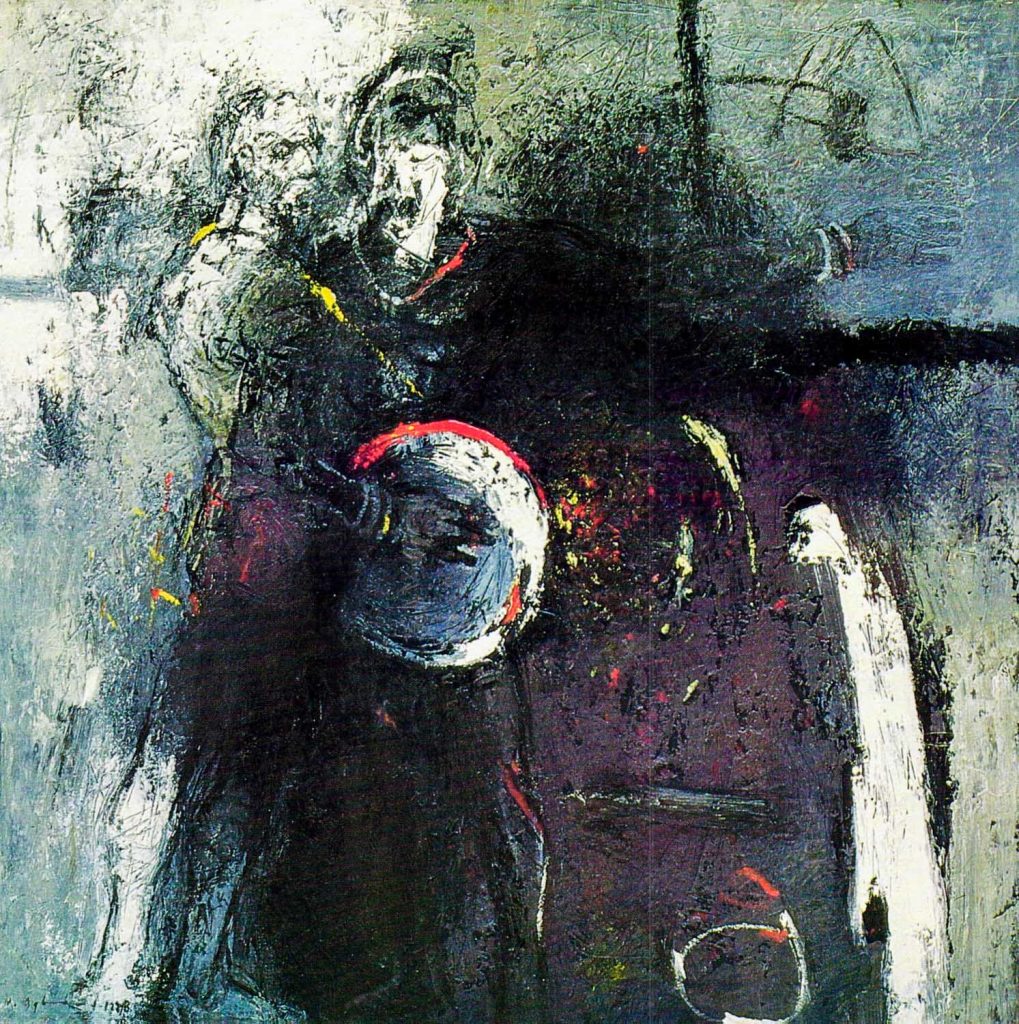
. Drawing inspiration from the rich landscape of his childhood memories, he feels a profound connection to the liberation struggles of Bangladesh, a theme that resonates deeply within him.
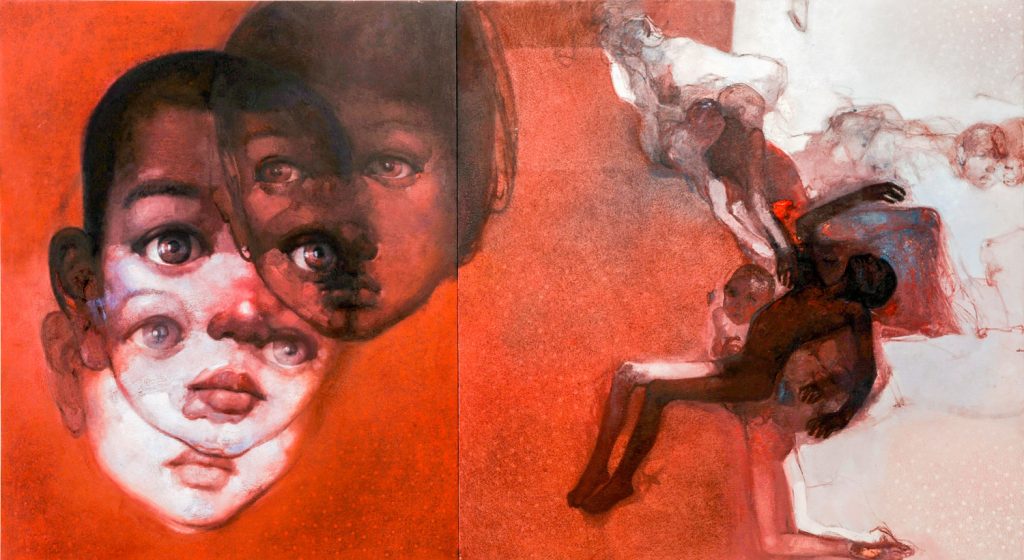

Today, Mohammad Iqbal primarily works with oil paints and acrylics, skillfully blending colors to create dynamic compositions. His artwork often features human figures that convey powerful narratives, each brushstroke infused with emotion and history.
His painting, “Language 1,” is an intense reflection of the sorrow, loss, and vulnerability he witnessed.
Through this oil on canvas, he translates the haunting memories of conflict that rob children of their innocence, leaving behind a lifelong fear that taints their lives.
Mohammad Iqbal’s art serves as a powerful cry for help, urging viewers to pause and reconsider their actions in a world often clouded by indifference.
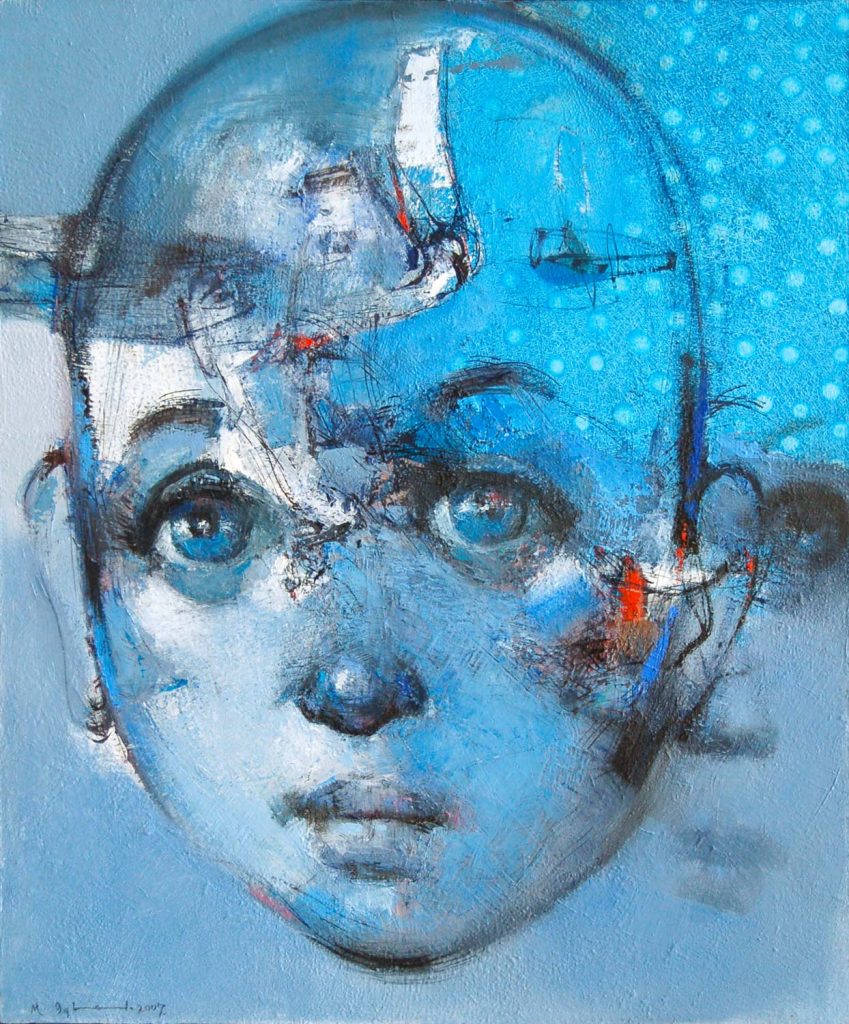
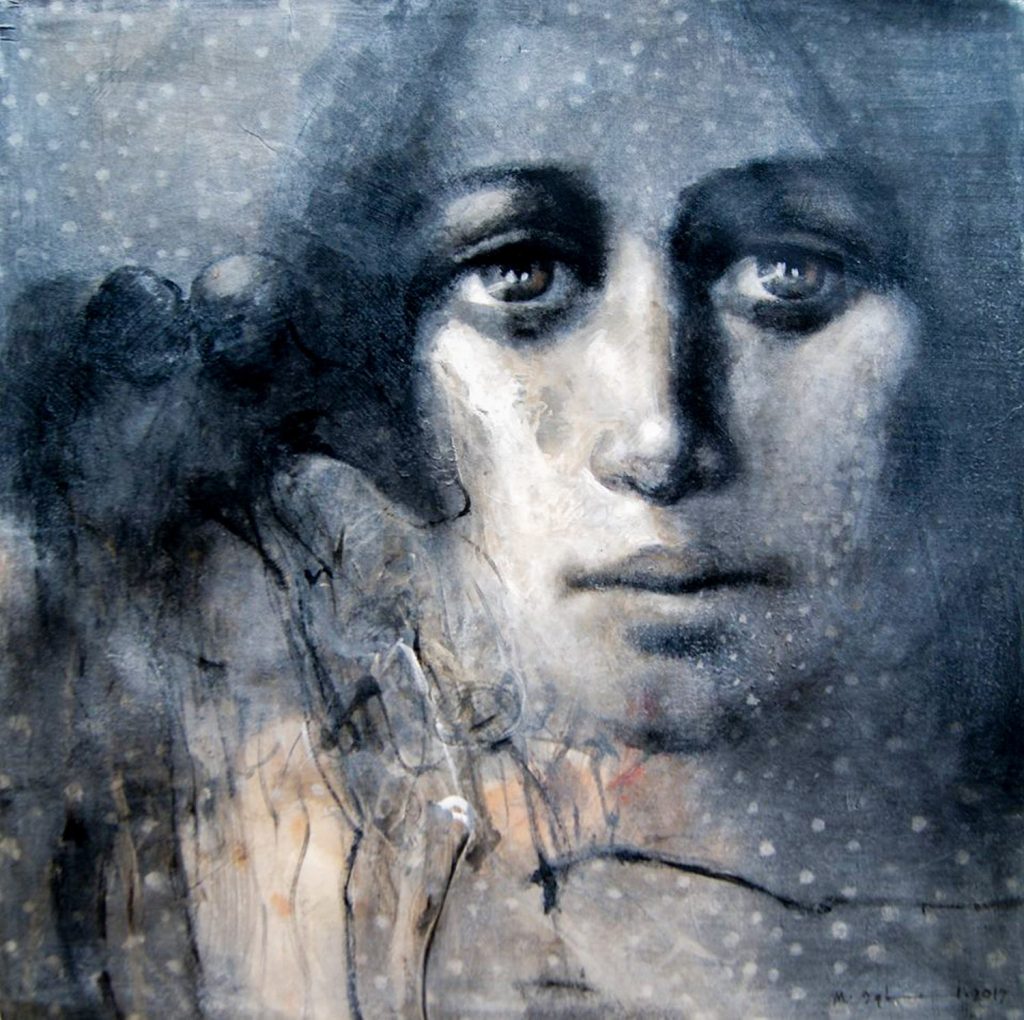
. His works invite individuals to seek meaningful ways to contribute to the creation of a better, more compassionate world. The earthy tones that dominate his palette, along with the abstract backgrounds, deeply connect with the themes of discrimination and suffering that many children face daily. These colors evoke a sense of grounding, linking the viewer to the harsh realities of life while simultaneously offering a glimpse of the resilience that can emerge from adversity.
Within his canvases, the fading face emerges as a haunting symbol of shattered hopes and dreams, representing the countless lives affected by selfish agendas and societal neglect.
This figure, almost ethereal, captures the essence of those who have been overlooked and marginalized, embodying their silent pleas for recognition and understanding.
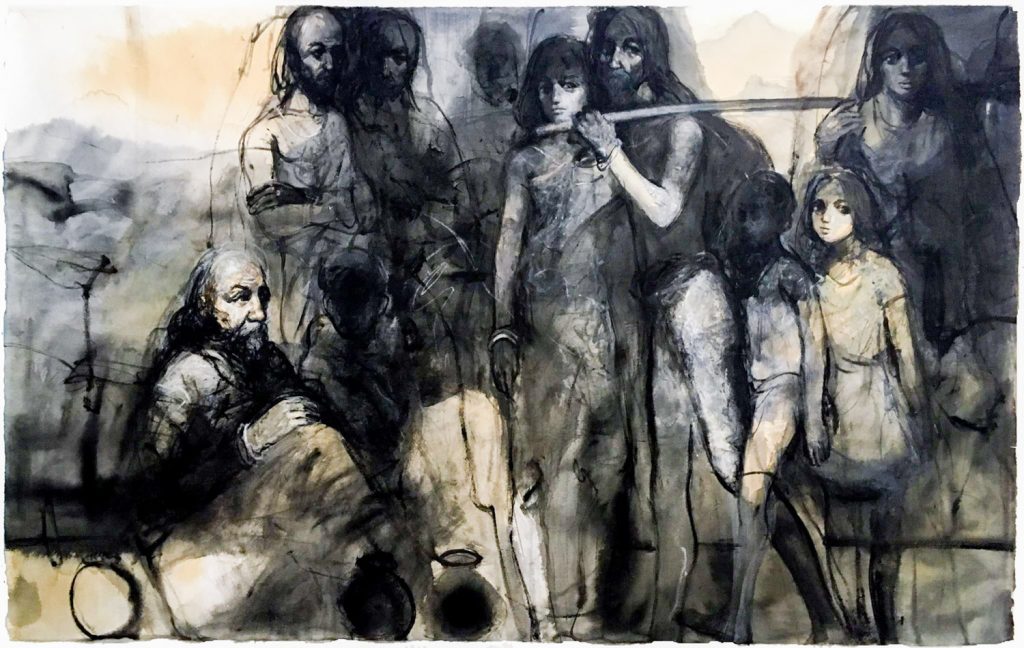

Through this powerful imagery, Mohammad Iqbal invites viewers to reflect on the impact of their choices and the collective responsibility we share in nurturing the potential of future generations. His art goes beyond mere aesthetics; it becomes a call to action, a reminder that change begins with awareness and empathy. In this way, he hopes to inspire a movement towards healing and justice, urging all to join him in the pursuit of a brighter, more equitable future.
Another significant piece, “Language of Pain 5,” emerges from Mohammad Iqbal’s Ph.D. research titled “Lost Children of the World: The Impact of the Distress of Life in My Work.” Here, he employs soft colors to convey powerful messages about life’s harsh realities. This painting exposes the devastating effects of war, crime, and societal issues on innocent souls. Now a respected chairman and professor at the Drawing and Painting Department at Charukala, Mohammad Iqbal believes in the reciprocal nature of teaching.
He emphasizes that educators learn as much from their students as they teach.
He advocates for more opportunities for young artists in Bangladesh, envisioning a future where art museums flourish and everyone can pursue their artistic dreams.
His story inspires aspiring artists to embrace their passion and keep pushing boundaries in their creative pursuits.
